Membrane Transporter/Ion Channel
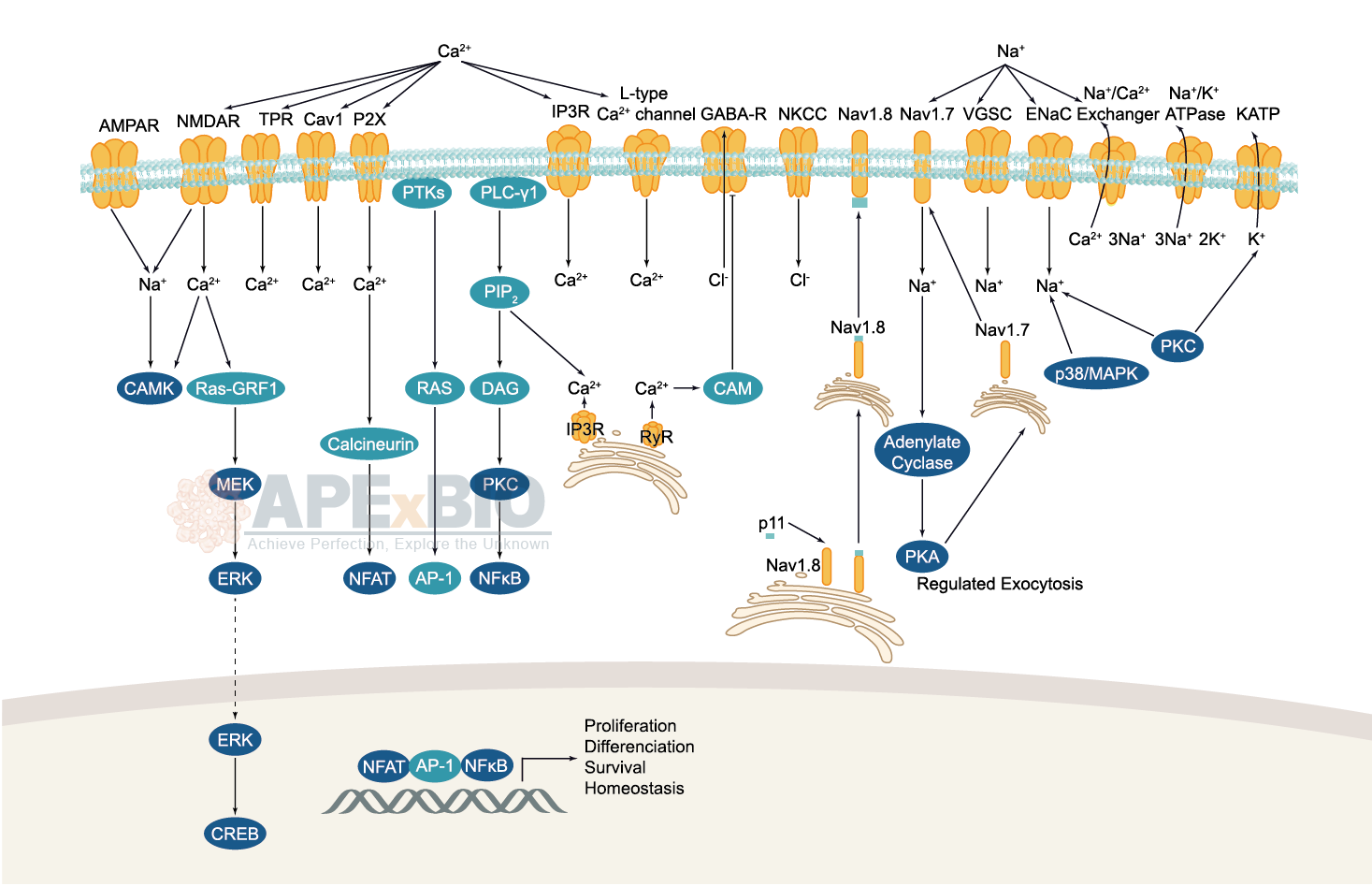
Ion channels are pore-forming membrane proteins which allow the flow of ions across the membrane. The ion channels can be broadly grouped into six families including calcium channels, chloride channels, potassium channels, sodium channels, gap junction proteins and porins. Not all ion channels are gated, such as certain type of K+ and Cl– channels, transient receptor potential superfamily of cation channels, the ryanodine receptors and the IP3 receptors, but most Na+, K+, Ca2+ and some Cl– channels are all gated by voltage. Ligand-gated channels are regulated in response to ligand binding (e.g. neurotransmitters signaling). These ligand-gated neurotransmitter receptors are known as ionotropic receptors. Various neurotransmitters couple to ionotropic receptors such as glutamate, acetylcholine, glycine, GABA, and serotonin.
-
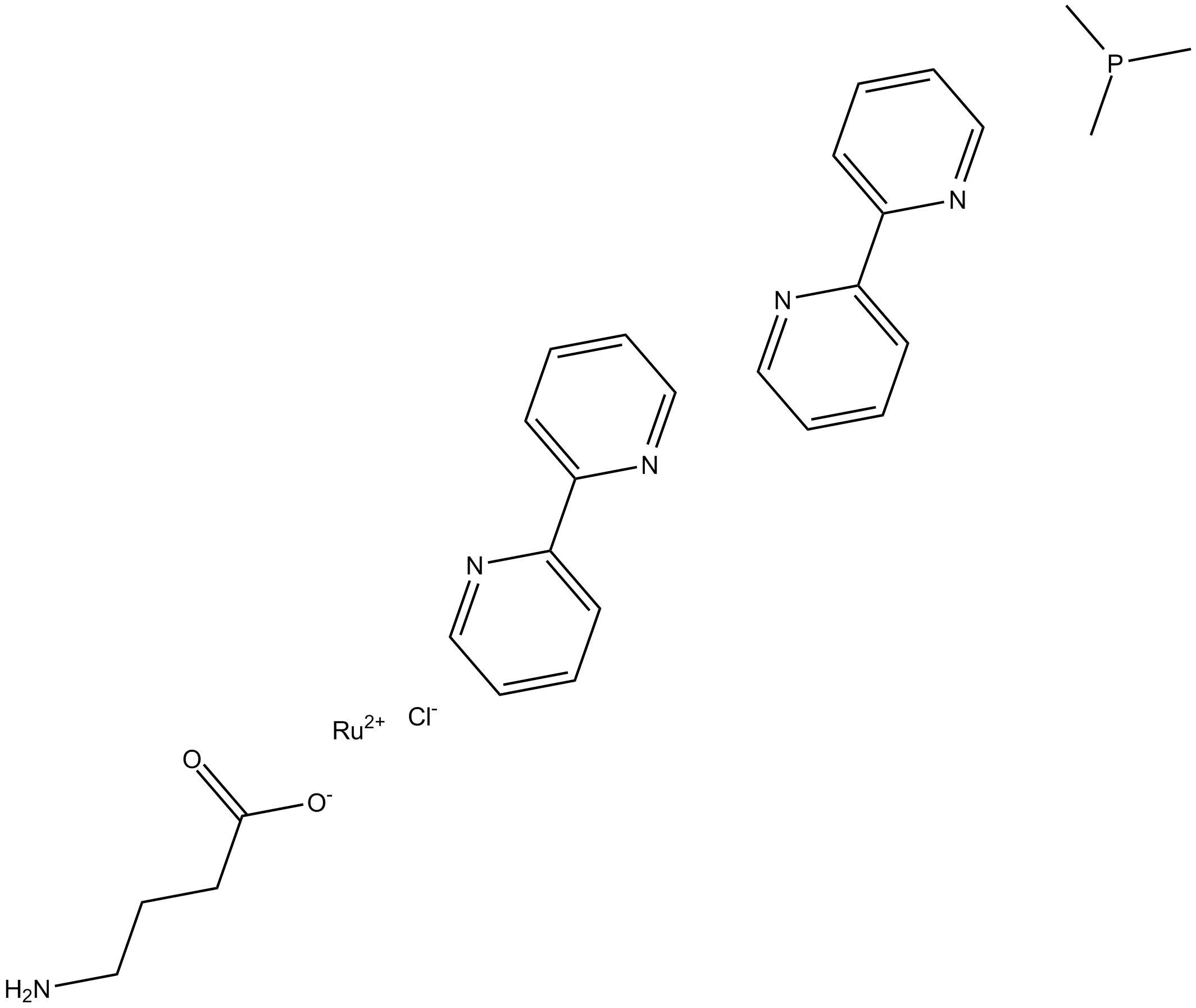 B5690 RuBi GABA trimethylphosphineSummary: GABAB receptor agonist
B5690 RuBi GABA trimethylphosphineSummary: GABAB receptor agonist -
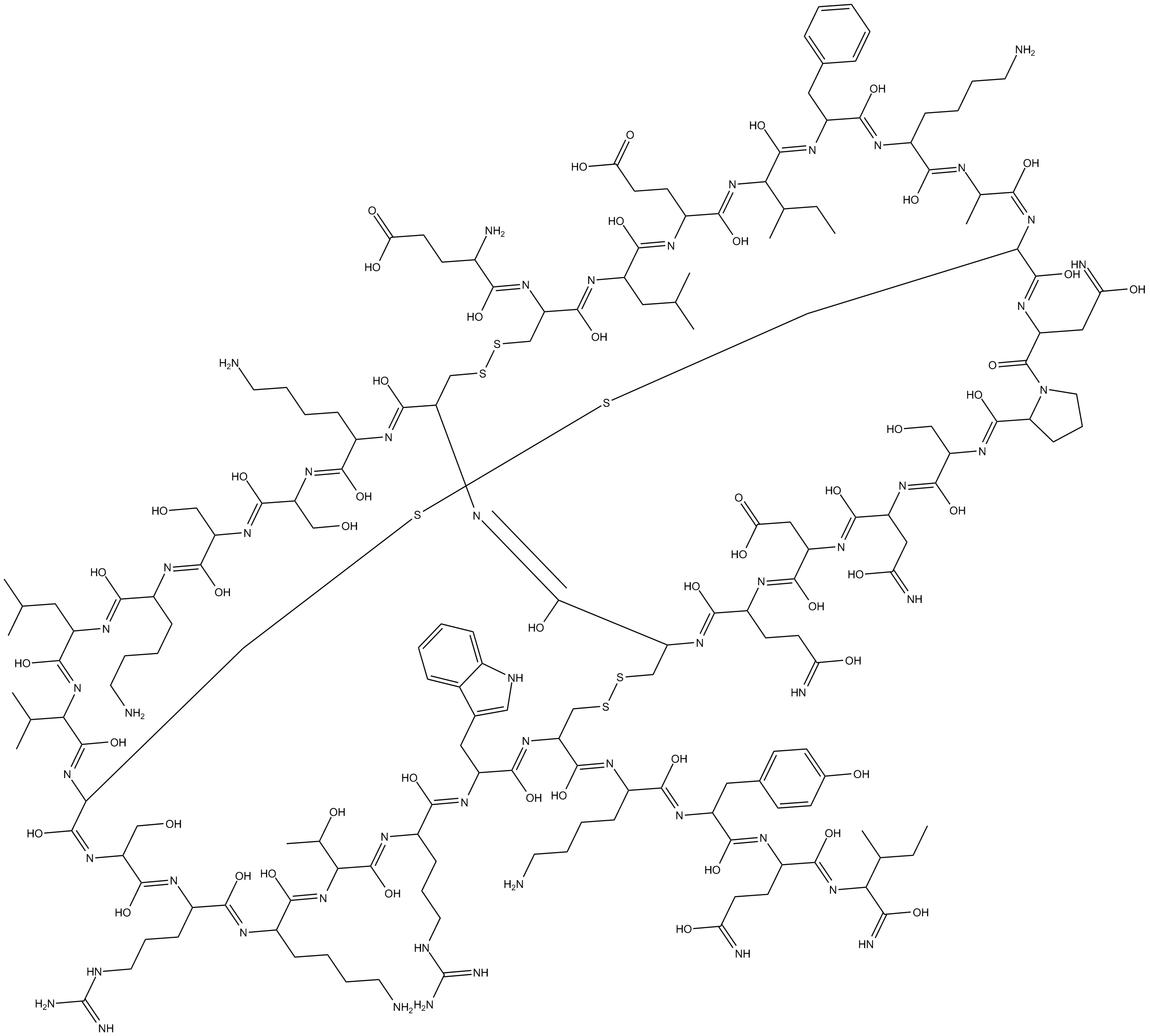 B5693 Huwentoxin IVSummary: NaV1.7 channel blocker
B5693 Huwentoxin IVSummary: NaV1.7 channel blocker -
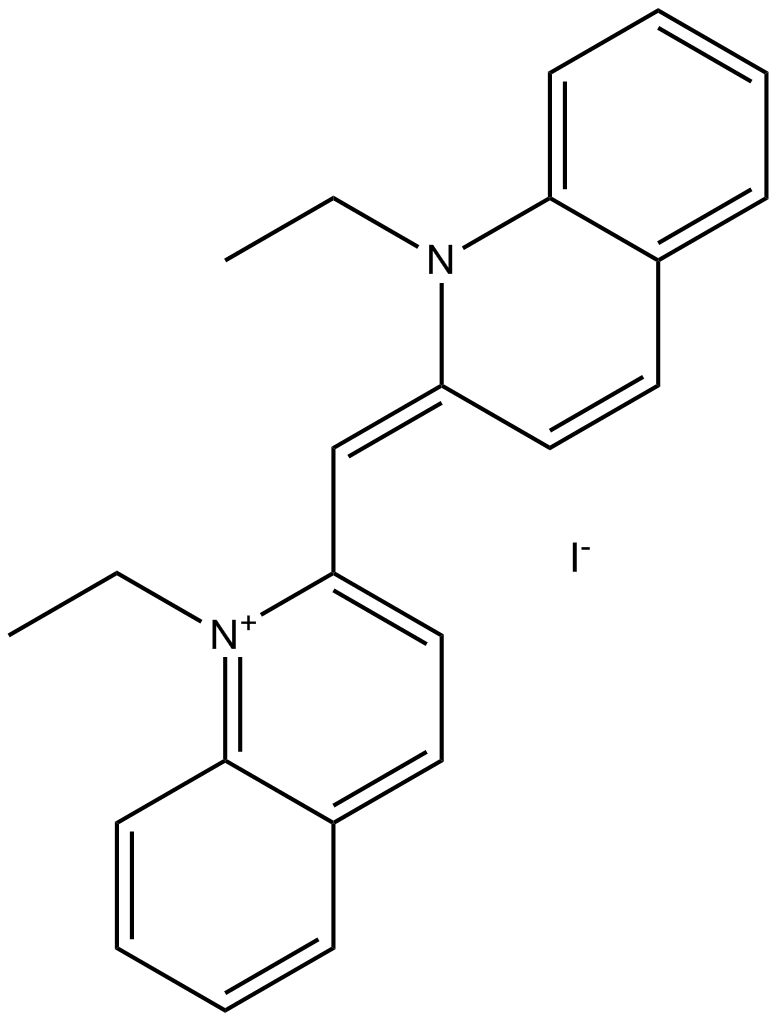 B5694 Decynium 22Summary: plasma membrane monoamine transporter (PMAT) inhibitor
B5694 Decynium 22Summary: plasma membrane monoamine transporter (PMAT) inhibitor -
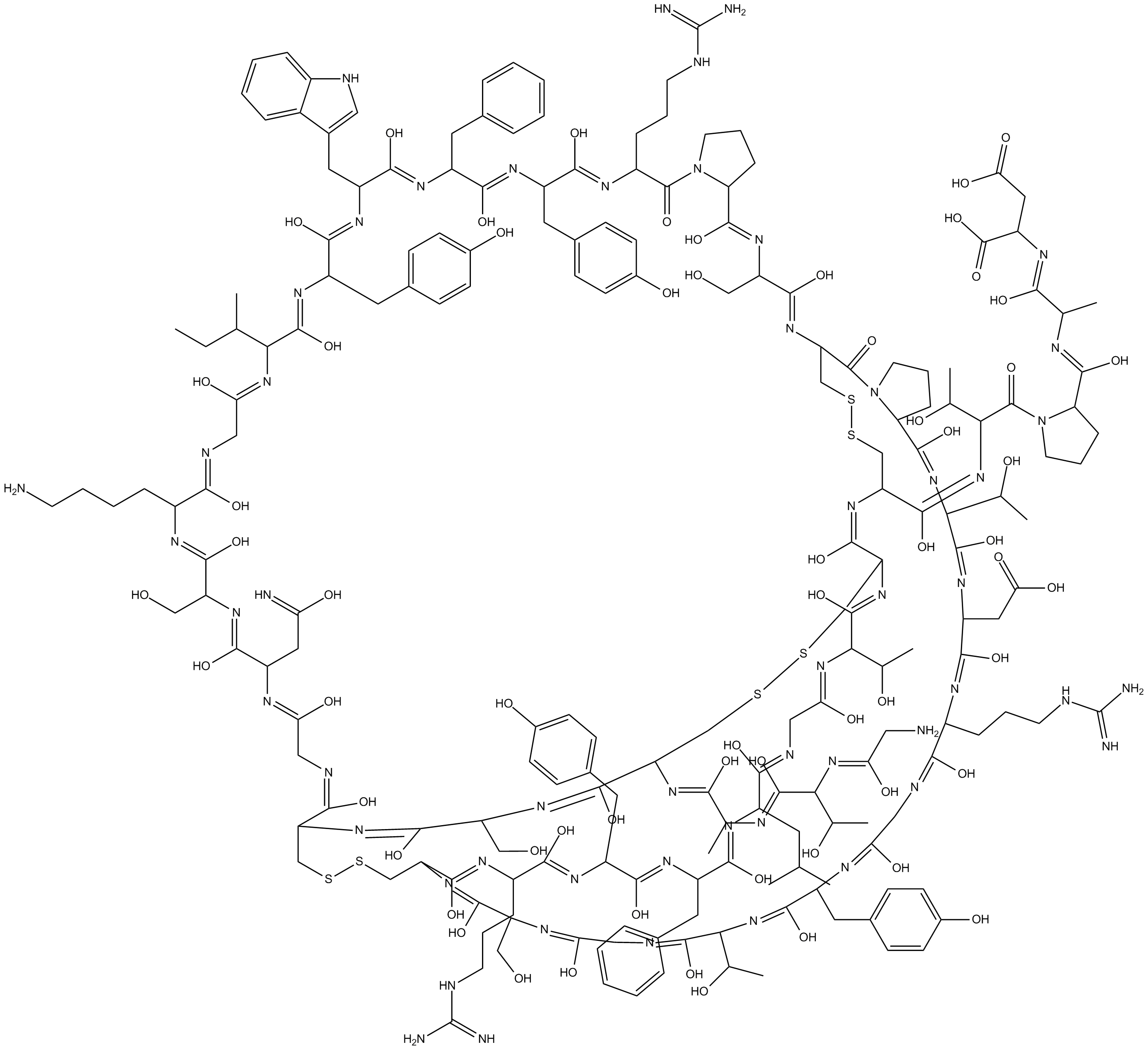 B5720 APETx2Summary: acid-sensing ion channel 3 (ASIC3) channel blocker
B5720 APETx2Summary: acid-sensing ion channel 3 (ASIC3) channel blocker -
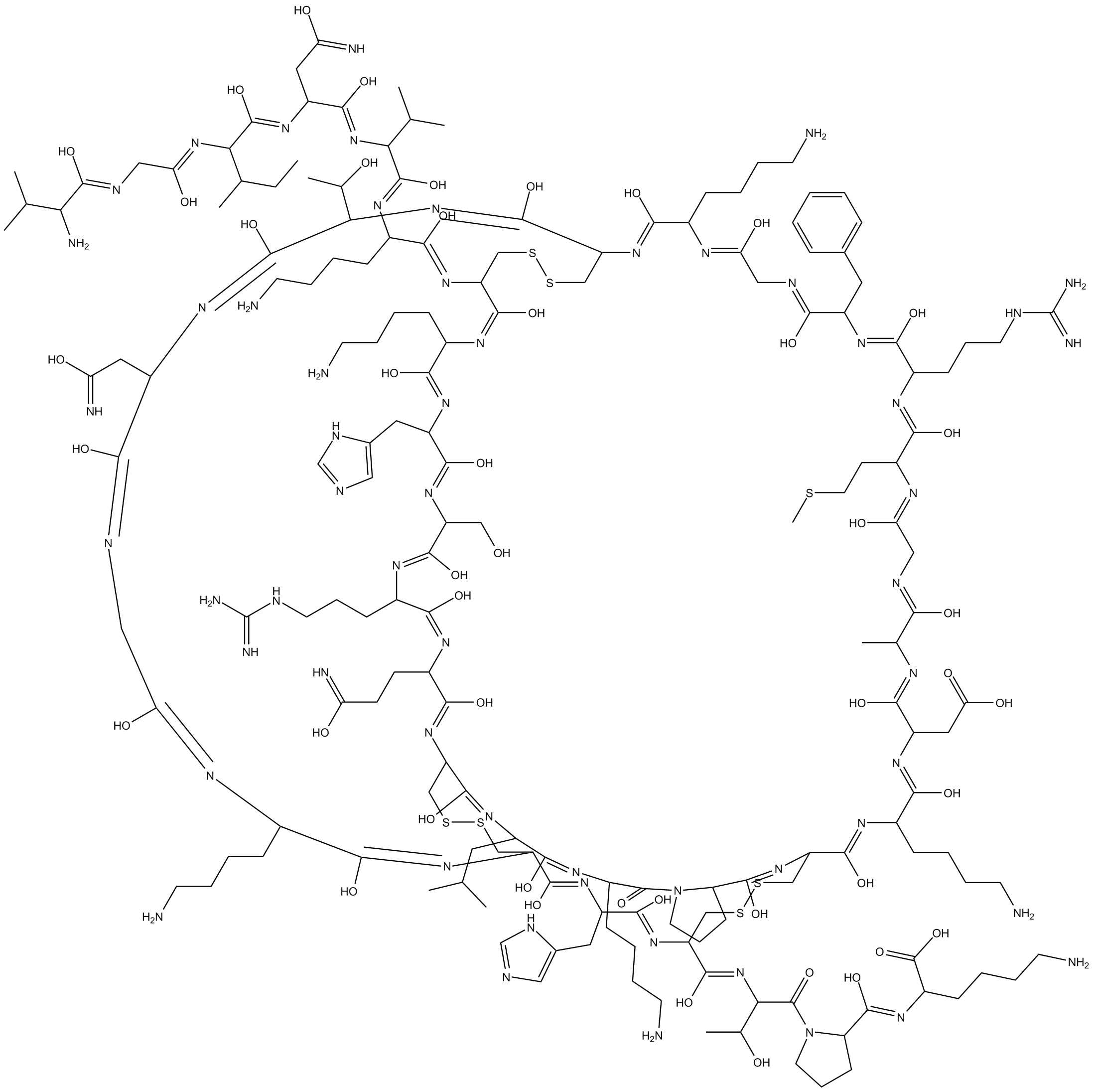 B5722 ADWX 1Summary: Kv1.3 channel blocker,potent and selective
B5722 ADWX 1Summary: Kv1.3 channel blocker,potent and selective -
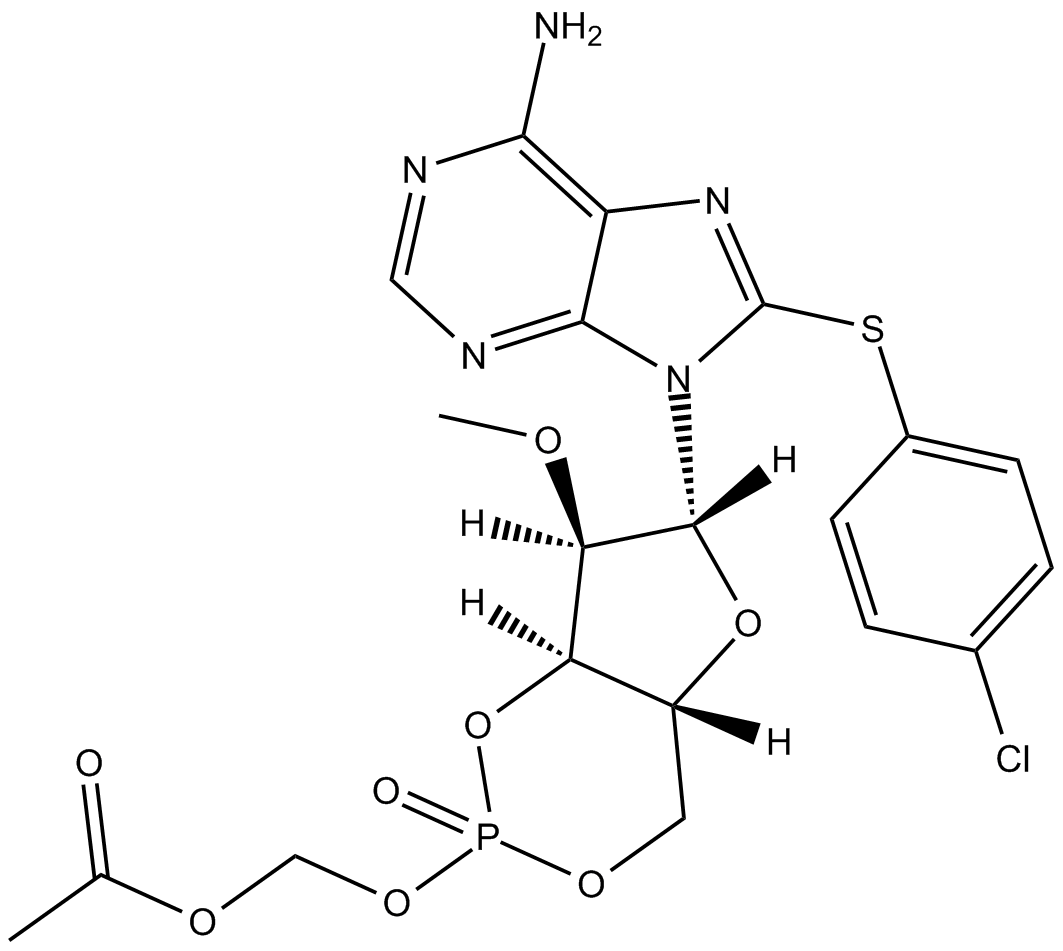 B5737 8-pCPT-2-O-Me-cAMP-AMSummary: Epac activator
B5737 8-pCPT-2-O-Me-cAMP-AMSummary: Epac activator -
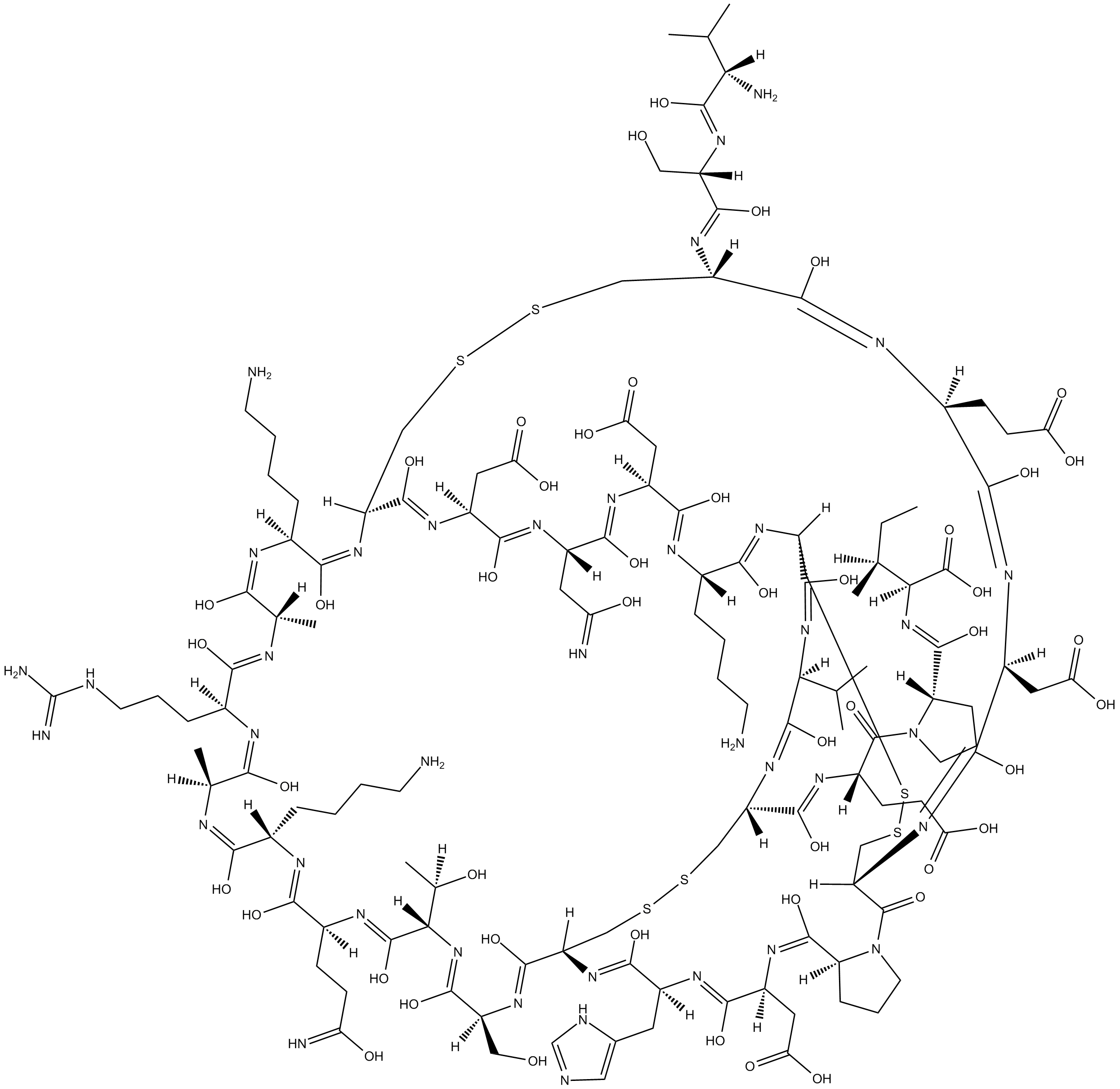 B5761 GaTx2Summary: ClC-2 blocker
B5761 GaTx2Summary: ClC-2 blocker -
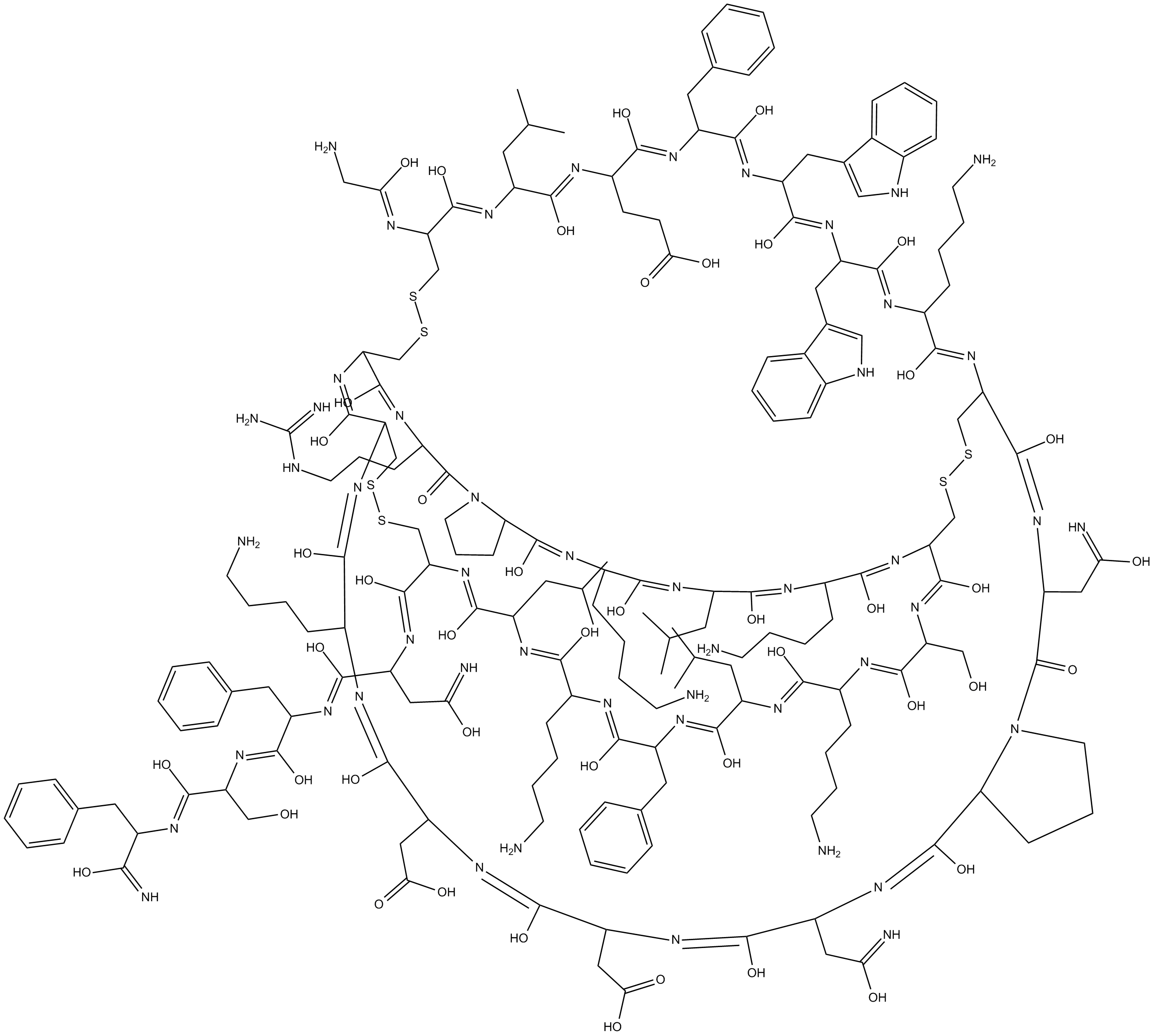 B5762 GsMTx4Summary: TRPC1 and TRPC6 blocker
B5762 GsMTx4Summary: TRPC1 and TRPC6 blocker -
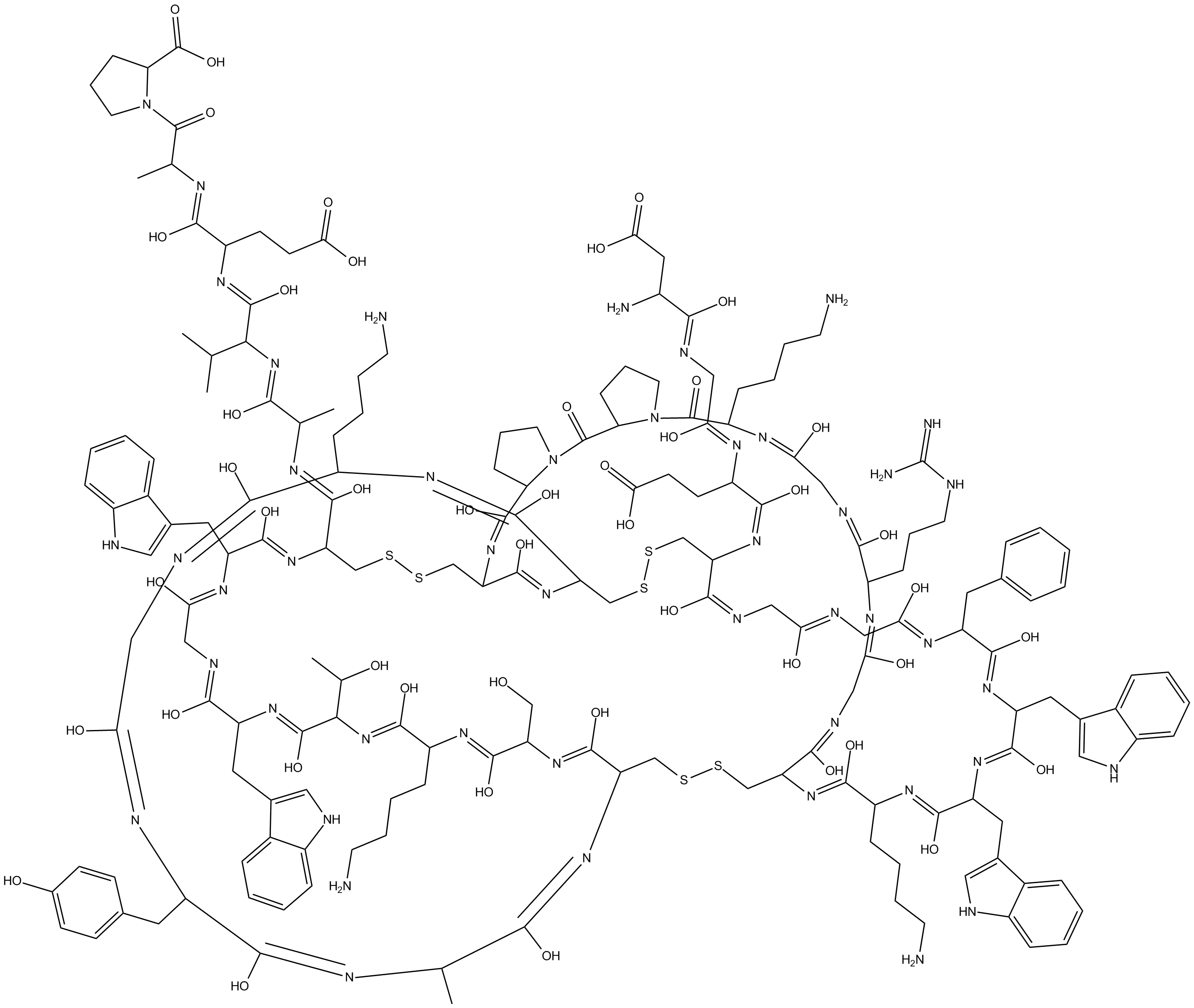 B5763 Jingzhaotoxin IIISummary: NaV1.5 channels blocker
B5763 Jingzhaotoxin IIISummary: NaV1.5 channels blocker -
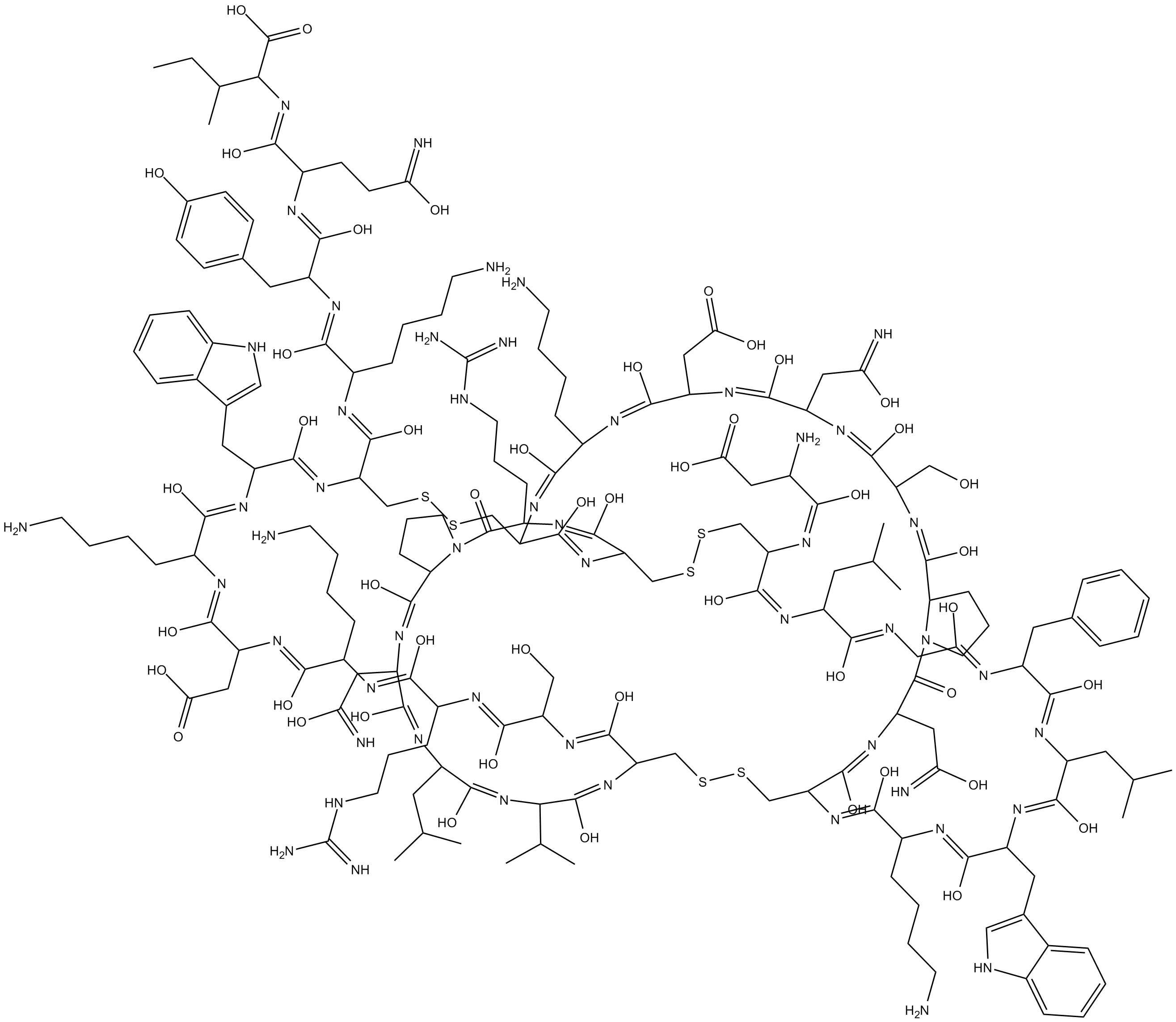 B5764 Phrixotoxin 3Summary: voltage-gated sodium channels blocker
B5764 Phrixotoxin 3Summary: voltage-gated sodium channels blocker

